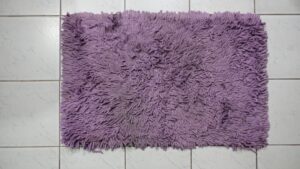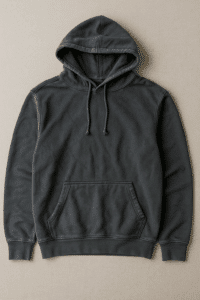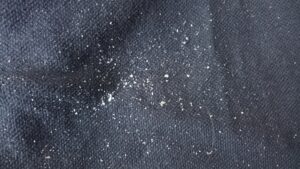Understanding the Rinse and Spin Cycle in Your Washing Machine
We get it—modern laundry has enough going on without extra confusion. As your clean-obsessed Chicago neighbor, we’re here to demystify one washer setting that often flies under the radar: the Rinse and Spin cycle. This cycle is exactly what it sounds like – a quick water rinse followed by a high-speed spin, with no detergent added. It’s useful for those times you don’t need a full wash. Think of it as a rinse-only refresh that can save you time when used in the right situations. (Every setting has its purpose – see our guide on washing machine cycles for the full rundown.)
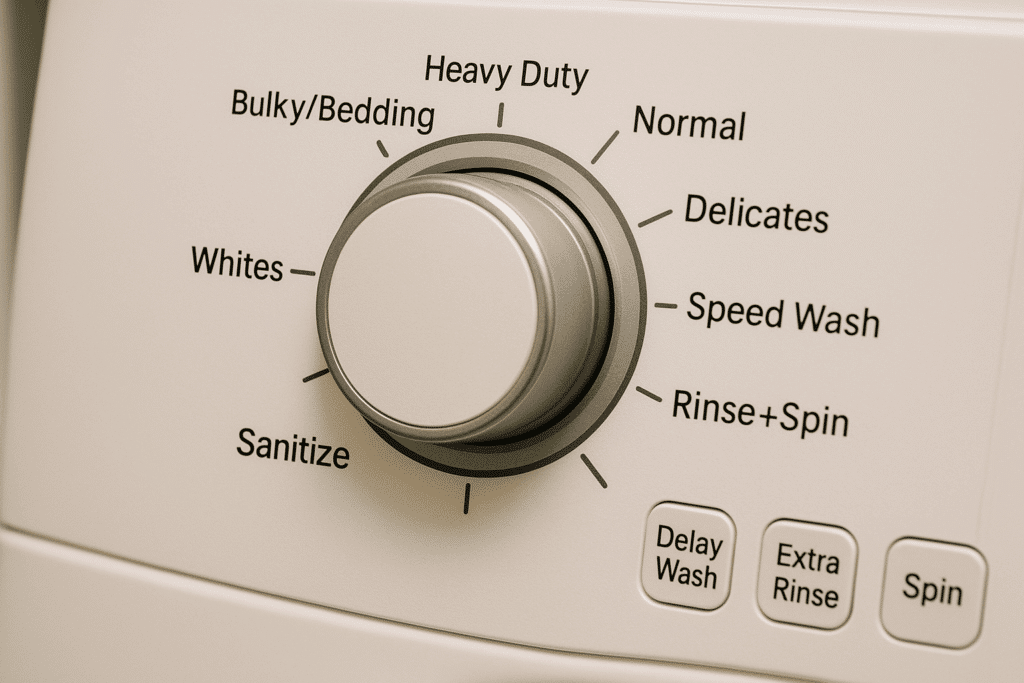
Rinse and Spin vs. a Normal Wash: In a normal wash cycle, your machine goes through a wash phase (with detergent and agitation), then one or more rinse phases, and finally a spin. The Rinse & Spin cycle skips straight to just rinsing with clean water and spinning. There’s no wash/agitation with soap, so it won’t deeply clean stains or heavily soiled clothes. Instead, Rinse & Spin acts like a quick finisher – it gives the laundry an extra rinse and removes excess water at high speed. It’s much shorter than a full wash too (typically around 20–25 minutes versus an hour or more for a normal cycle). In short, use Rinse & Spin when clothes simply need rinsing and drying, not scrubbing.
When Should You Use Rinse and Spin?
Not every laundry load calls for detergent and a long wash. Here are a few common scenarios where the Rinse & Spin cycle comes in handy:
- After hand-washing delicates: If you’ve gently washed a sweater, swimsuit, or blouse in the sink, you can transfer it to the washer for Rinse & Spin. This gives the item a thorough water rinse and spins out much more water than wringing by hand, all without the roughness of a full wash cycle. It’s perfect for getting hand-washed clothes drier and free of any leftover suds.
- Removing excess detergent or bleach: Maybe you accidentally poured in a bit too much detergent and your clothes came out sudsy, or you catch a whiff of bleach after a whites cycle. Running an extra rinse and spin will wash out lingering soap residue or chemical odors without making you repeat an entire wash. It’s a smart trick to ensure nothing is left in the fabric that could irritate skin or damage clothes.
- Refreshing lightly worn or forgotten laundry: Have a shirt or gym clothes you wore only briefly and just want to freshen up? A Rinse & Spin will knock out light odors and sweat by rinsing with clean water and then spinning the garment nearly dry. It’s also a lifesaver if you ever forget a load in the washer and it starts to smell musty – a quick Rinse & Spin will freshen the clothes without putting them through a full cycle again.
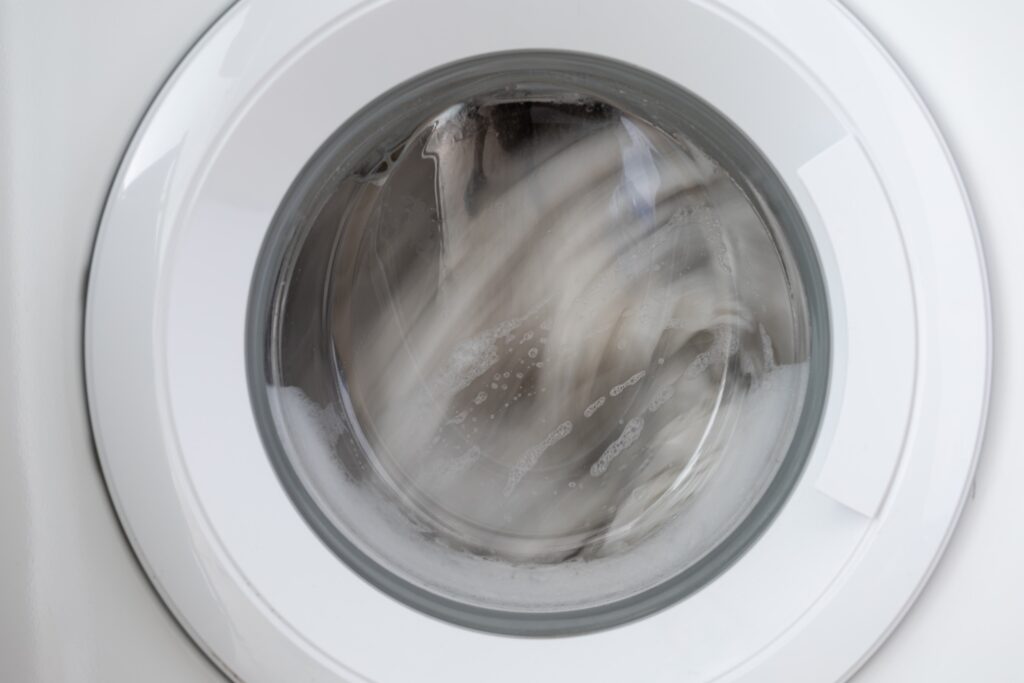
Keep in mind: Rinse & Spin won’t remove actual dirt or deep stains since there’s no detergent or deep agitation involved. It’s a supplemental cycle for specific needs, not a replacement for washing dirty laundry. When you have heavily soiled items, you’ll still need to run a normal wash or appropriate cycle (or let the pros handle it via a full service). But for the cases above, Rinse & Spin is a handy, time-saving option.
How Long Does the Rinse and Spin Cycle Take?
One big benefit of Rinse & Spin is speed. This cycle is typically very short – usually on the order of 15–25 minutes from start to finish. That’s much quicker than most normal wash cycles, which often take 50–60 minutes or more. The exact length of a Rinse & Spin cycle can vary by machine model: some modern washers might complete it in around 15–20 minutes, while others take closer to a half hour. Overall, you can expect roughly about 20 minutes on average for a Rinse & Spin. It’s just enough time to give clothes a clean water rinse and a good spin-dry. This short duration is why Rinse & Spin is great when you’re in a hurry or only need a quick refresh.
Rinse & Spin vs. Drain & Spin vs. Quick Wash
Washing machines often have a couple of similar-sounding short cycles, so let’s clarify how Rinse & Spin compares to a few others:
Drain & Spin: This setting is like a sibling to Rinse & Spin. When you choose “Drain & Spin,” the machine will skip the rinsing with water and only spin. In practice, the washer simply drains any water in the tub and then spins the clothes to wick out moisture. Use Drain & Spin when your load doesn’t need an extra rinse but is soaking wet and needs more water extracted. For example, if a heavy blanket or towel load finishes washing and is still sopping, a quick drain/spin can help. It’s an even shorter cycle – often around 10 minutes long since it’s just the spin phase. Remember, Drain & Spin won’t rinse out soap or odors because no new water is added; it’s purely to remove water.
Quick Wash: Don’t confuse Rinse & Spin with your washer’s Quick Wash (sometimes called Speed Wash) cycle. Quick Wash is a fast but actual wash cycle – meaning it does include detergent, agitation, and a brief rinse/spin – designed to clean a small, lightly soiled load in less time. Quick Wash typically runs about 15–30 minutes and can freshen up a few garments that aren’t very dirty. It’s the setting you use for that last-minute outfit or a few shirts you need pronto. The key difference is that Quick Wash does some cleaning, while Rinse & Spin does no washing of dirt. Use Quick Wash when you need a short actual wash cycle for slightly dirty clothes. Use Rinse & Spin when the clothes are basically clean but need a rinse (or extra water extraction) only. Both are time-savers, but they serve different purposes.
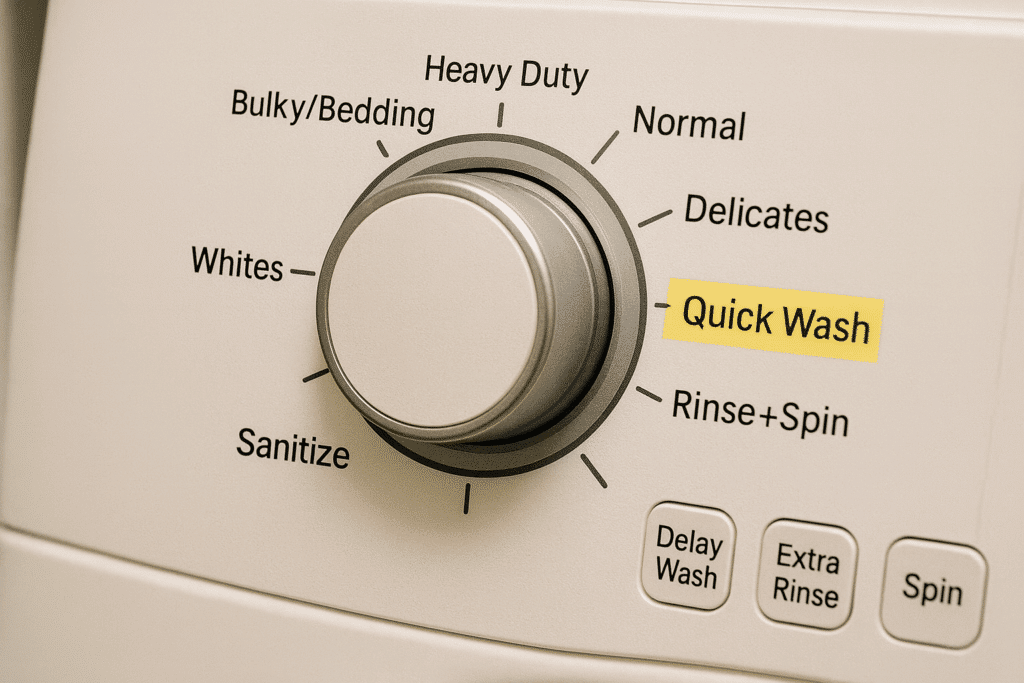
Troubleshooting: Help, My Washer Won’t Spin!
What if you select Rinse & Spin and the washer gets stuck, or it finishes and your clothes are still sopping wet? Don’t worry – a few simple troubleshooting steps can usually solve it:
- Balance the load: Washers can refuse to spin (or take forever) if the load is unbalanced. This often happens with one heavy item (like a blanket) or a small load that all clumps to one side. Open the lid and redistribute the clothes evenly around the drum. If you had one big item, try adding a few extra items or towels to help balance things out. An unbalanced load can prevent proper spinning, so getting the weight distributed should allow the cycle to finish.
- Try “Drain & Spin” next: If the machine is stuck mid-cycle or won’t advance to spinning, cancel the cycle and run a Drain & Spin cycle to remove the water. Once drained, you can then run a fresh Rinse & Spin. This two-step approach helps if the washer’s sensor tripped due to something like excess suds or a minor error. After draining, the Rinse & Spin can often proceed normally on the second try.
- Check for suds or settings issues: Using too much detergent can cause excess suds, and many high-efficiency washers will pause or extend rinse time if they sense a lot of foam (they’re trying to protect your clothes and themselves). If you suspect oversudsing, run an extra rinse (or just water down the suds) and use less detergent next time. Also verify that you actually selected the right cycle – for instance, some delicate or hand-wash cycles skip the spin or use a very slow spin. Make sure the lid is fully closed and latched, since most machines won’t spin if the lid/door is open for safety. If none of these do the trick, there could be a clog in the drain filter or a mechanical issue. In that case, it might be time to consult your washer’s manual or call a technician for help.
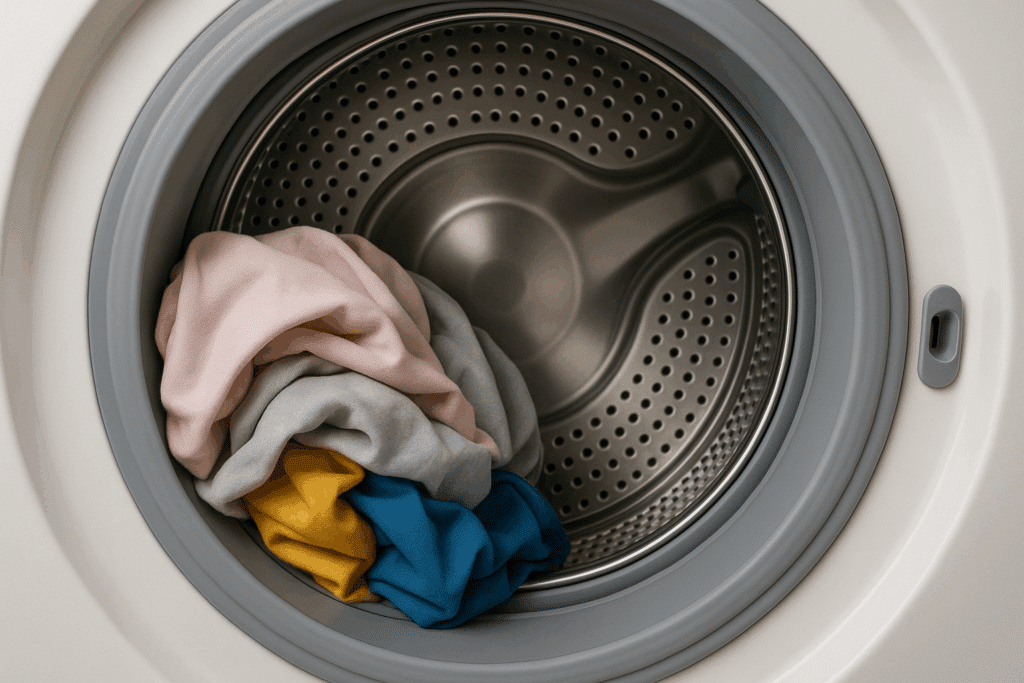
Modern machines are pretty smart: if something’s off-balance or there’s too much soap, the washer might automatically extend the rinse cycle or refuse to go into high spin until the issue is resolved. So when in doubt, pause and check the load – it’s often a simple fix. Keeping loads at a reasonable size and using the correct amount of detergent will prevent most Rinse/Spin headaches. And if your washer consistently struggles to complete this cycle, it could hint at a maintenance issue (like a worn belt or sensor), in which case professional help may be needed.
Your Time-Saving Laundry Ally
The Rinse and Spin cycle is a small but mighty feature that can make laundry day a bit easier. It’s all about efficiency – giving clothes a quick refresh or an extra rinse without the time and wear of a full wash. Considering the average American household handles about 7–8 loads of laundry per week, finding ways to save a few minutes here and there can really add up. Why run a full 60-minute wash again if a 20-minute rinse-and-spin will do the job?
As your friendly Chicago laundry experts, we love anything that keeps clothes clean and saves you time. If you have a high-tech home washer with a Rinse & Spin cycle, now you know exactly when to use it for the best results. And if your old machine doesn’t have this feature (or you’re dealing with an extra bulky or tricky load), remember that we’ve got you covered. Our self-service laundry facility is stocked with modern machines that offer all these useful cycles, and our team is happy to help if you have questions about which setting to choose.
Need an even deeper refresh or just want to take a break from laundry altogether? Consider letting us do the work. We offer convenient wash and fold service and even pickup & delivery laundry options for those days when you’d rather not deal with the washer at all. We’ll handle the sorting, washing, and perfect rinse/spin for you. (We even use an advanced ozone sanitizing system in our cleaning process to get your clothes extra clean without harsh chemicals.) The bottom line: whether you’re using your home machine’s Rinse & Spin or dropping items off with us, the goal is the same – fresh, clean clothes with as little hassle and time wasted as possible. And that’s something every busy, cleanliness-obsessed neighbor can appreciate!


